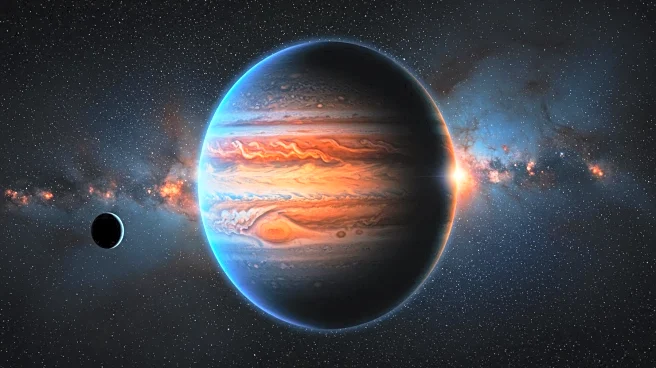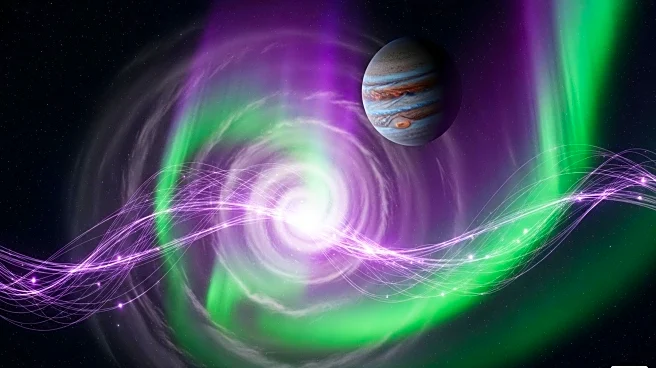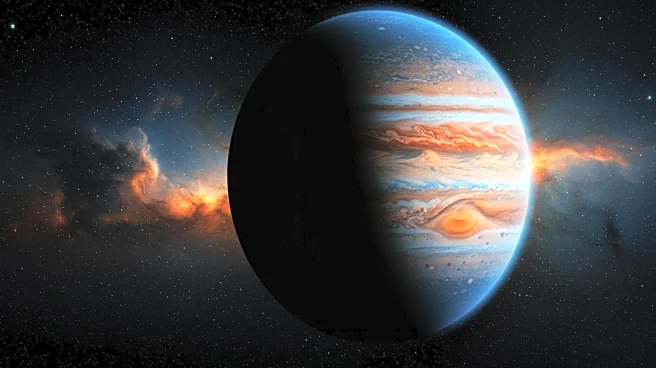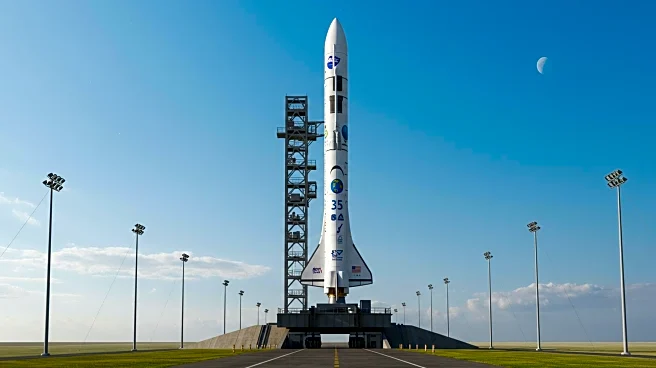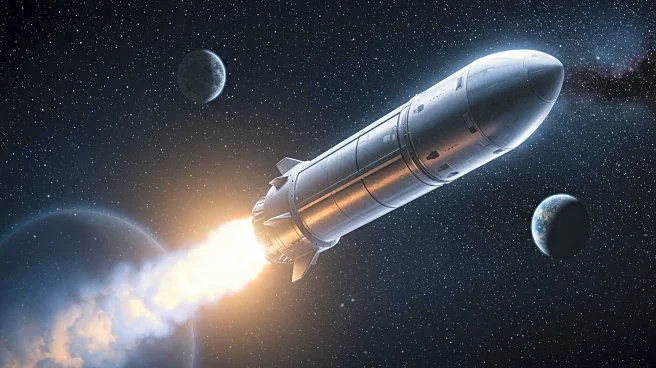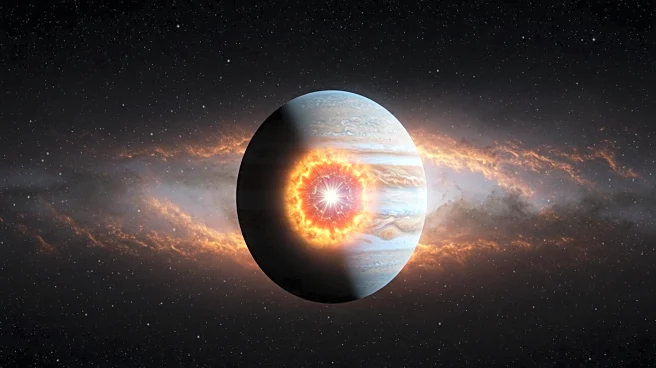Rapid Read • 6 min read
NASA's Juno probe has significantly reshaped scientists' understanding of Jupiter, revealing unique atmospheric phenomena. Launched in 2011, Juno has been orbiting Jupiter since 2016, providing insights into the planet's storms and lightning. The probe discovered that Jupiter's lightning occurs at altitudes too cold for liquid water, with ammonia acting as antifreeze to keep water in liquid form. This leads to lightning at altitudes where it would not normally be possible. Juno also found that Jupiter's core is solid but dissolving into surrounding layers, challenging previous theories about its composition.
AD
Juno's findings have profound implications for planetary science, challenging existing theories about Jupiter's formation and atmospheric dynamics. The discovery of ammonia's role in lightning formation and the nature of Jupiter's core provides new insights into the planet's structure and behavior. These revelations could influence future research on gas giants and their formation, as well as the development of models for understanding planetary atmospheres.
Juno's mission has been extended, with potential for further exploration of Jupiter's less-known areas. If approved, the extension will allow for continued observation and data collection, potentially uncovering more about Jupiter's atmospheric and core dynamics. The probe's success in surviving Jupiter's radiation could inform future mission designs, enhancing spacecraft resilience against harsh space environments.
AD
More Stories You Might Enjoy
